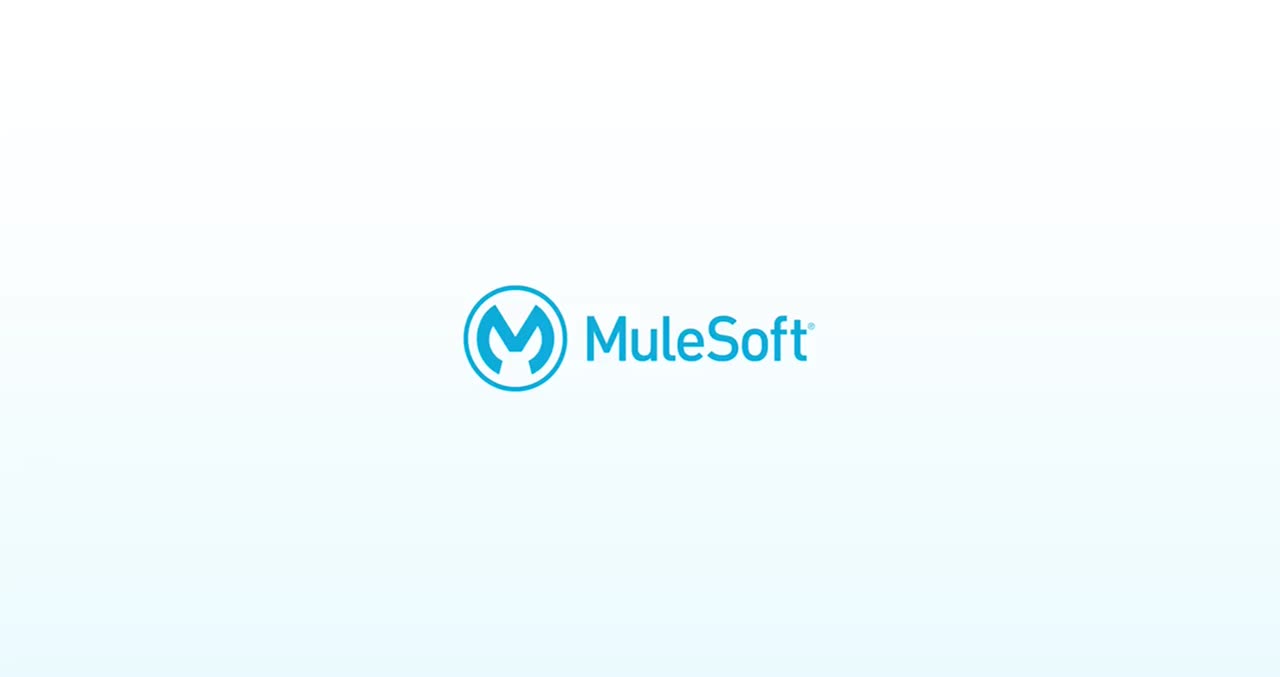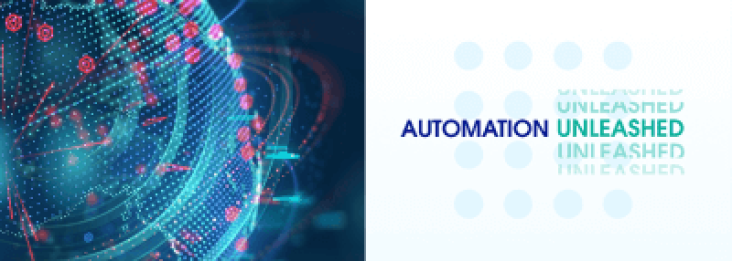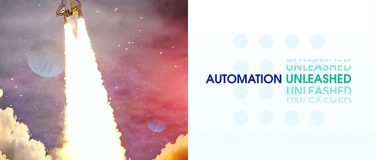As the CMO of MuleSoft, I know that the greatest strength of our customers is their people. Right now, one of the most important things we’re doing is helping our customers automate mundane and repetitive tasks – tasks that make us feel more like robots and less like people.
That’s the funny thing about automation. It makes us feel more human.
Instead of grinding away on low-level assignments, automation gives us the time. Time to ask bolder questions. Time to think about broader implications. Time to create better experiences. What do your customers want? Are you serving them as well as you can? What might they want next and how can you start preparing now?
We’re on a mission to help you do more. Do more with less. And do more with more. Right now we are seeing an explosion of applications, processes, and data across the globe. Did you know the amount of data in the world is set to double by 2026? How you help your people effectively add value in this world of more is critical.
There’s no doubt that automation is already shaping the future of work, for you and your customers.
Automation is shaping the future of work
Automation is changing the way you can respond to shifting markets and evolving customer needs. From robotics assembly lines to AI chatbots, you now have the tools to free up time to think about what’s really going to move the needle for your business.
Let me illustrate this with an example.
Imagine you’re going to college part time. Your day job makes it difficult to call the registrar to request that transcript you need. You also can’t seem to find the time to call the financial aid office to check the status of your student loan check. Fortunately for you, your school uses chatbots to address these kinds of tasks. So after you get home, have dinner, and get the kids into bed, you can go online to do what would have taken several phone calls on a lunch break. Your school is serving you better, and its staff is now free to focus on thornier student problems (and maybe look for a way to automate a few of them, too).
With this human-centered approach to automation, your people can step away from the mundane and repetitive and make more meaningful contributions to the organization. This is something that I’ve seen resonate with virtually every leader across the industry. Why? Because it helps us be more efficient, innovative, and productive. We can do more with less.
But automation doesn’t just help the people inside your organization. It helps you elevate how you can serve your customers, too.
Automation is changing the way we serve our customers
If the last couple of years has shown us anything, it’s that customer expectations are changing, fast. Personalization no longer gives you an edge – it’s table stakes.
Need proof? Just think of everything you can do with a mobile phone. Unlock a hotel room. Start a car. Check the solar panels on the top of your house to make sure they’re working. If you want to thrive, you need to realize that your customers want to see the world through a custom lens.
This point of view helped Liberty Holdings, a South Africa-based financial services and insurance group, to create an automated customer experience using MuleSoft.
Liberty had struggled with multiple, monolithic back-end systems that held its claims, customer, and underwriting data. Think about that for a moment. You’re trying to help a customer who just had a tree fall on their front porch and you have to use three systems to do it. It’s a recipe for frustration for everyone.
After studying the problem, Liberty decided to do two important things: streamline the claims process to make it easier for agents to resolve issues, and consolidate policy information in one place so customers could look at it whenever they wanted.
Using a composable approach, Liberty developers unlocked data from back-end systems and built a digital portal, enabling its agents to quickly access customer information. By automating this process and eliminating manual data entry and extraction, Liberty agents cut processing times by up to 20 minutes per claim, saving the company $3.2 million.
Liberty then rolled out new web and mobile services via WhatsApp within weeks. Now customers can go online at their convenience to review their coverage, check the status of their claims, and communicate with the company.
They saved money, sped up claims processing, and created easy digital access. More importantly, Liberty created the thing that eludes so many businesses: deeper customer relationships and greater customer loyalty.
Automation is changing us
The industry is trending toward automation. If you embrace it, it has the power to transform businesses. We’ve seen that within our organization. MuleSoft’s CEO Brent Hayward said: “We’ve been helping IT automate complex business processes for years. But automation impacts everyone. Who wouldn’t want to send those repetitive and mundane tasks to the back seat and have more time to drive toward more impactful work? Well, we’ve finally arrived. We’re now at a time where everyone has access to tools they need to take control of the wheel – focus on the work that will take us to new places. How exciting is that? When we improve the way we work, our customers can feel it.”
From automated workflows that allow managers to approve expenses directly in Slack to automated case ticket escalations so our service teams can resolve customer cases faster, we’re turning to automation to streamline the way we work at Salesforce.
With this approach, we’ve become more responsive, creative, and innovative. We can contribute more ideas, solve tougher problems, and help our customers do the same. We’ve become a little more human.
Automation is funny that way.










